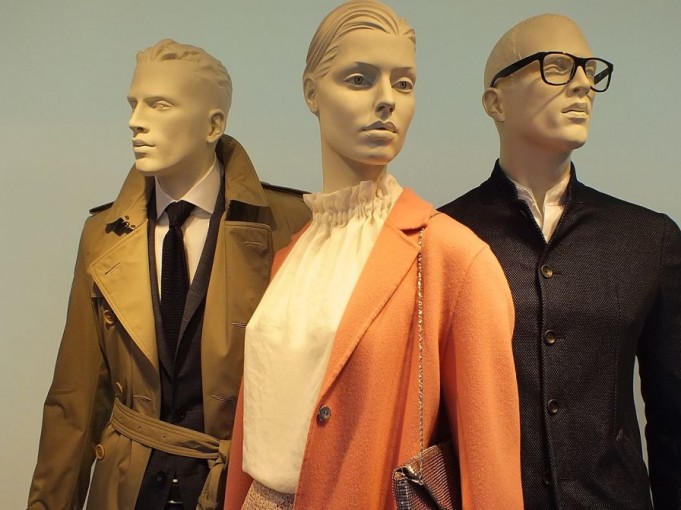Future of Fashion Industry
Today you look at the evolution of fashion trends, and technology takes it to the next level. The AR/VR dressing rooms and temperature friendly customs and many more. Fashion technology is growing faster than ever. Such as from Al algorithms that predict fashion trends, robots that sew and cut materials, to V/R mirrors available in dressing rooms. Moreover, technology is personalizing and automatically speeding up aspects of fashion. So, the evolution of technology tends to change the future of the fashion industry.
Contents to be discussed
- Product design – Al becomes the designer and how Al is influencing brands.
- Manufacturing
– No more fashion season
– The push of sustainability
– Rapid iteration and production
– Streamlining the supply chain
– Robot design for the manufacturing floor
- Inventory and distribution
– Blockchain in the supply chain
– Distribution in the sales down
– From ownership to users: The rise of clothing as a service.
- Retail and virtual merchandising
– AR / VR redefines the online and in-store experience
– Digital stylish get personal
- What’s next? Tech Fashions to watch – connected jewelry, apparel, and footwear.
Tech is automating the fashion designer
Fashion brands of all sizes effort to grow more sophistically and artificial intelligence approaches to product design and development to reshape the brands and focus on what customers wear next.
Al becomes the designer –
In particular, the project Muze works on colors, preferences, and other essential parameters to innovate designs based on user interests and style preferences recognized by the network. Amazon is doing well in this area. Moreover, it sounds like “fast fashion by Amazon” the e-commerce giant supports Amazon Essential lines and the suppliers in Amazon’s logistics network.
Al is already influencing fashion brands –
The project “Reimagine Retail”, used a partnership with IBM and Fashion Institute of Technology by Tommy Hilfiger in 2018. They used IBM Al tools are:
- Real-time fashion industry trends
- Resurfacing themes in trending patterns
Manufacturing
Fast fashion has created an instant gratification mentality. Therefore, brands like Zara, H&M, and Forever 21 built their business and moved designs from the catwalk to store shelves on speed.
No More Fashion Season
Undoubtedly, the rise of fast fashion is destroying the seasonal demand that has structured the fashion industry. So, to keep up, fast fashion traditional brands are now introducing approximately 11 seasons a year. Therefore, fast fashion brands’ profits doubled after celebrities promote their brands on social media like Instagram to 16-24 years old fans.
Though fast fashion has a dark side on its own. However, according to the Environmental Protection Agency, the rapid production for fast fashion is responsible for 1.2 billion tons of greenhouse gas emissions in the environment annually.
The Push for Sustainability
Sustainability is particularly noticeable in the shoe industries produce shoes made from eucalyptus leaves. For example, H&M collections feature a leather jacket and cowboy boots made from Piñatex (a type of leather material discarded from pineapple production).
Rapid Iteration and Production
The cost of starting a fashion brand is significantly gone down, as technology and e-commerce are so overwhelming. So, it makes it simple to find manufacturing partners that meet their needs with standard pricing and sourcing.
Streaming the supply chain
Moreover, brands are dealing with production internationally to quicken manufacturing and meet customer demand rapidly. Also, it involves product development and lab testing center and sampling activity for new materials.
New Robert Design for Manufacturing Floors
Many industries have automatic and robotics coming for fashion manufacturing. Soft robotics featured in garment-making in the future. Robot-cutting fabrics and automatic sewing machines tend to change the future of the fashion industry.









